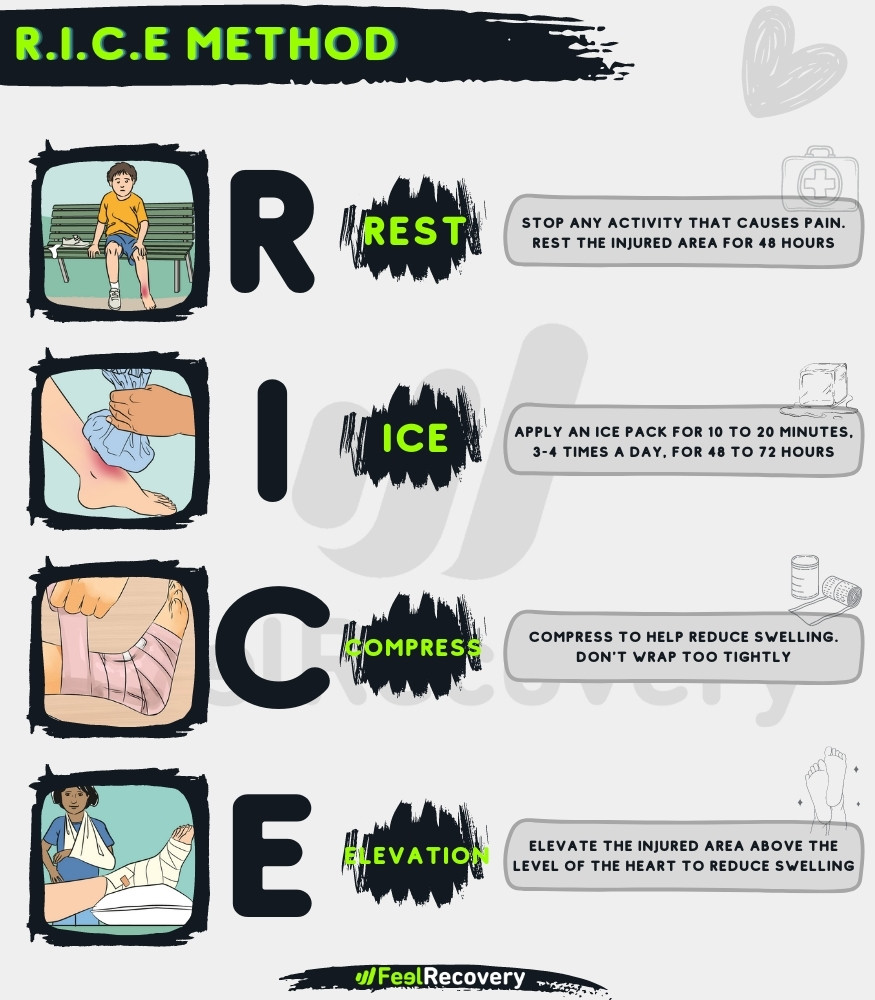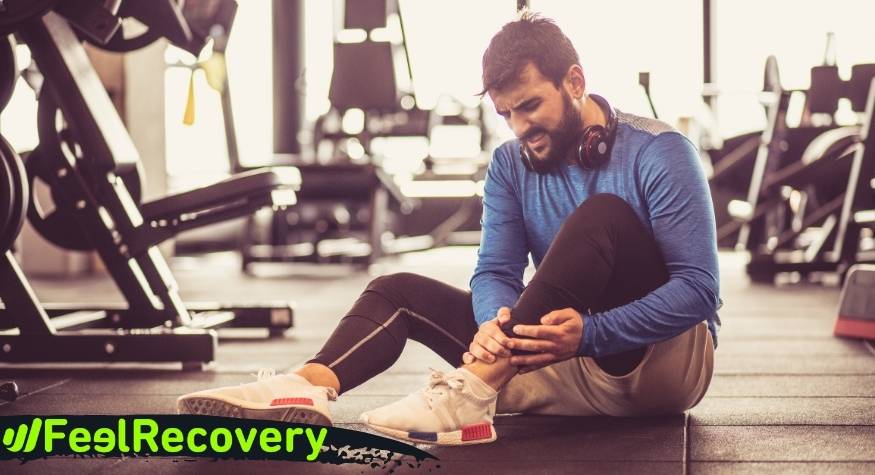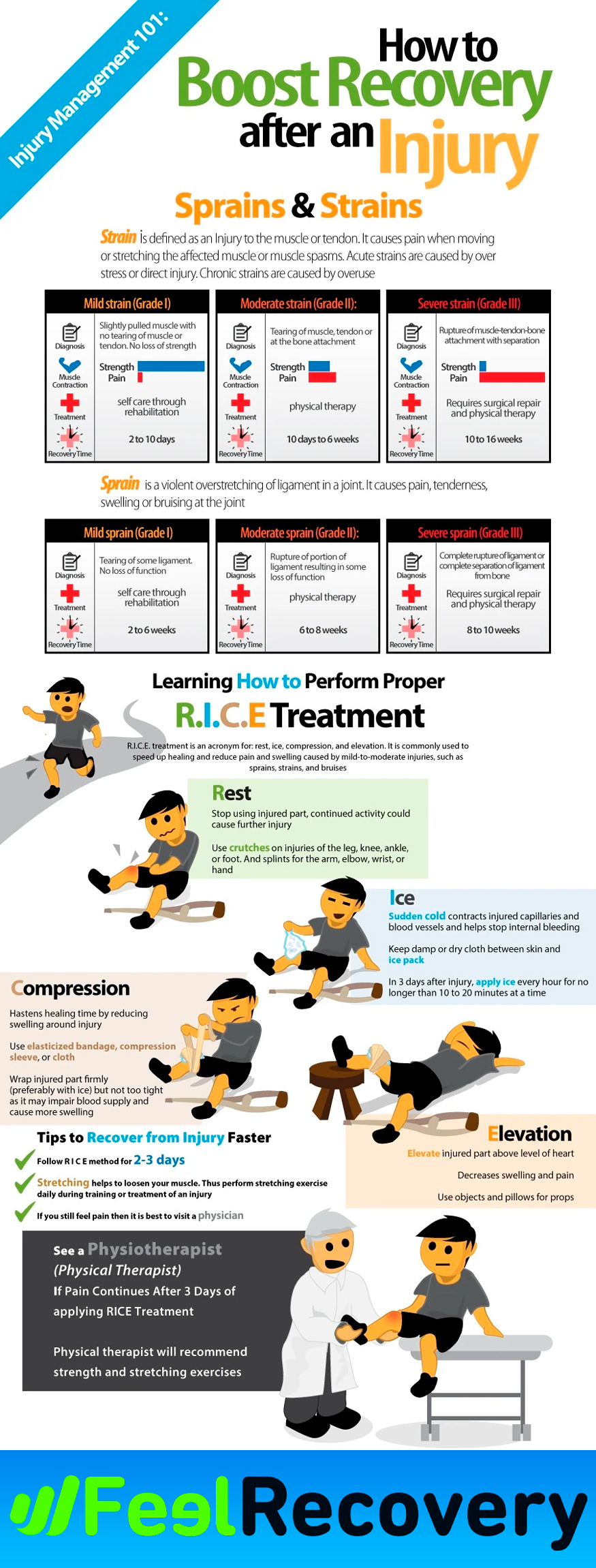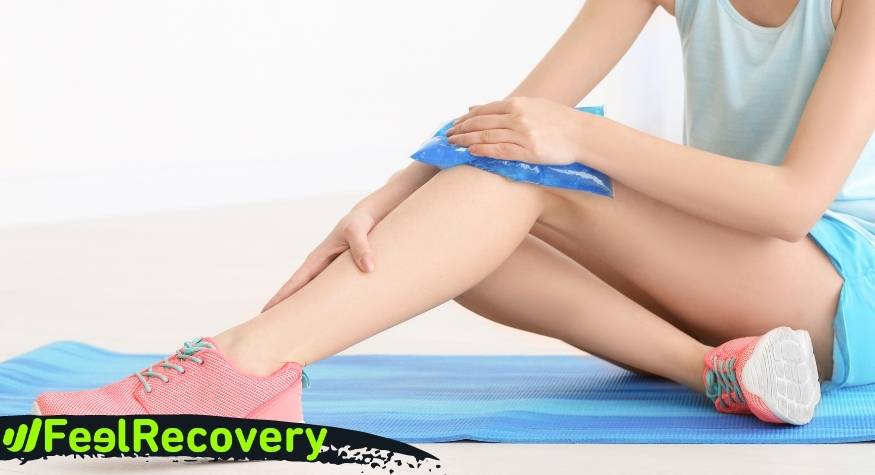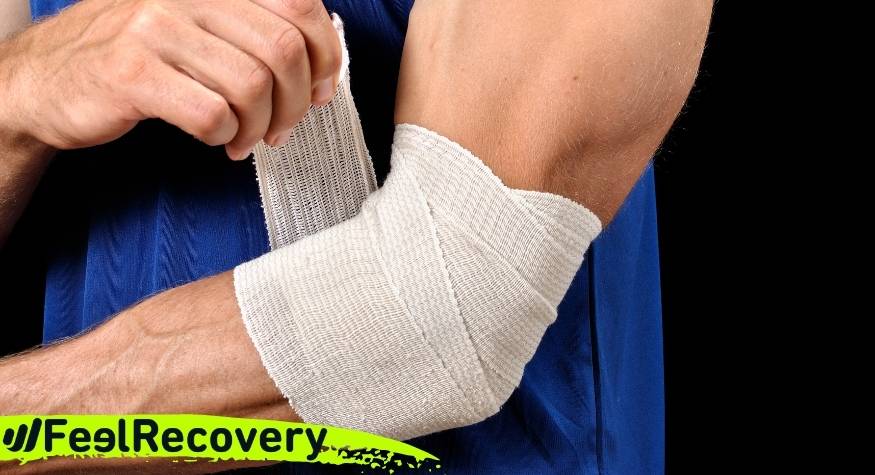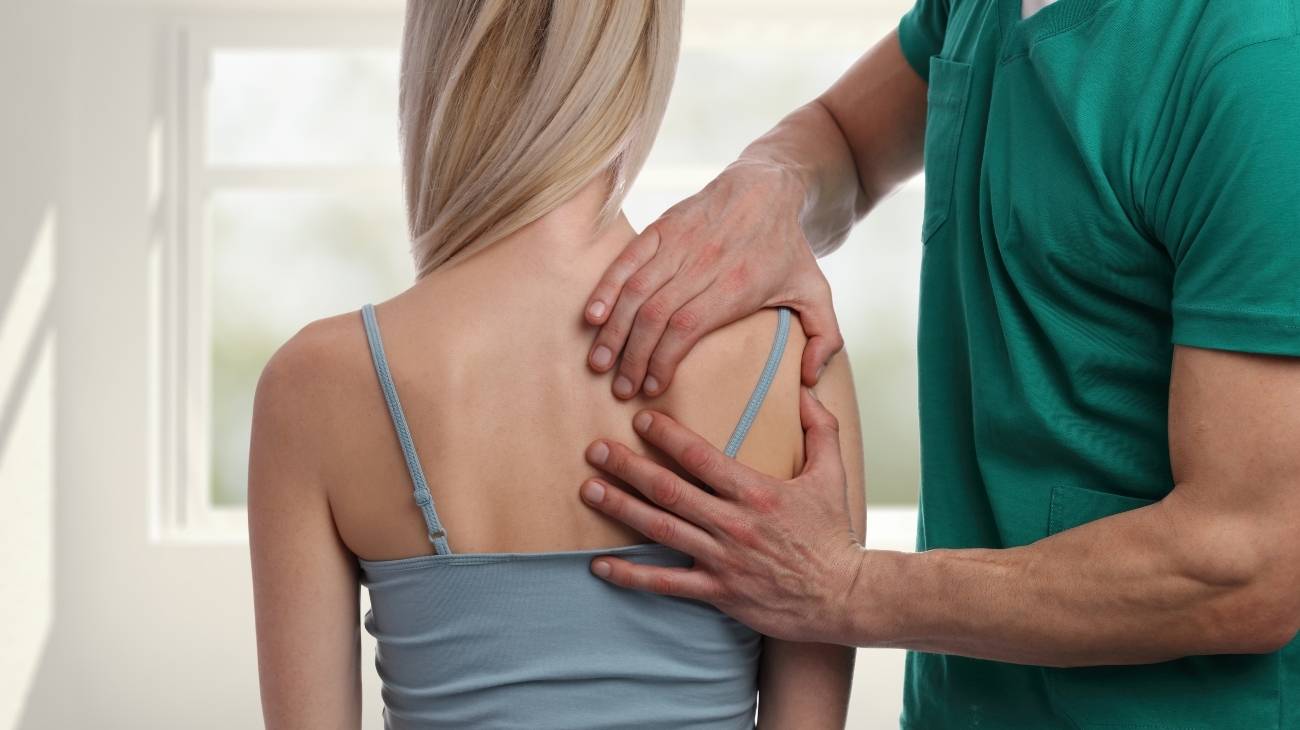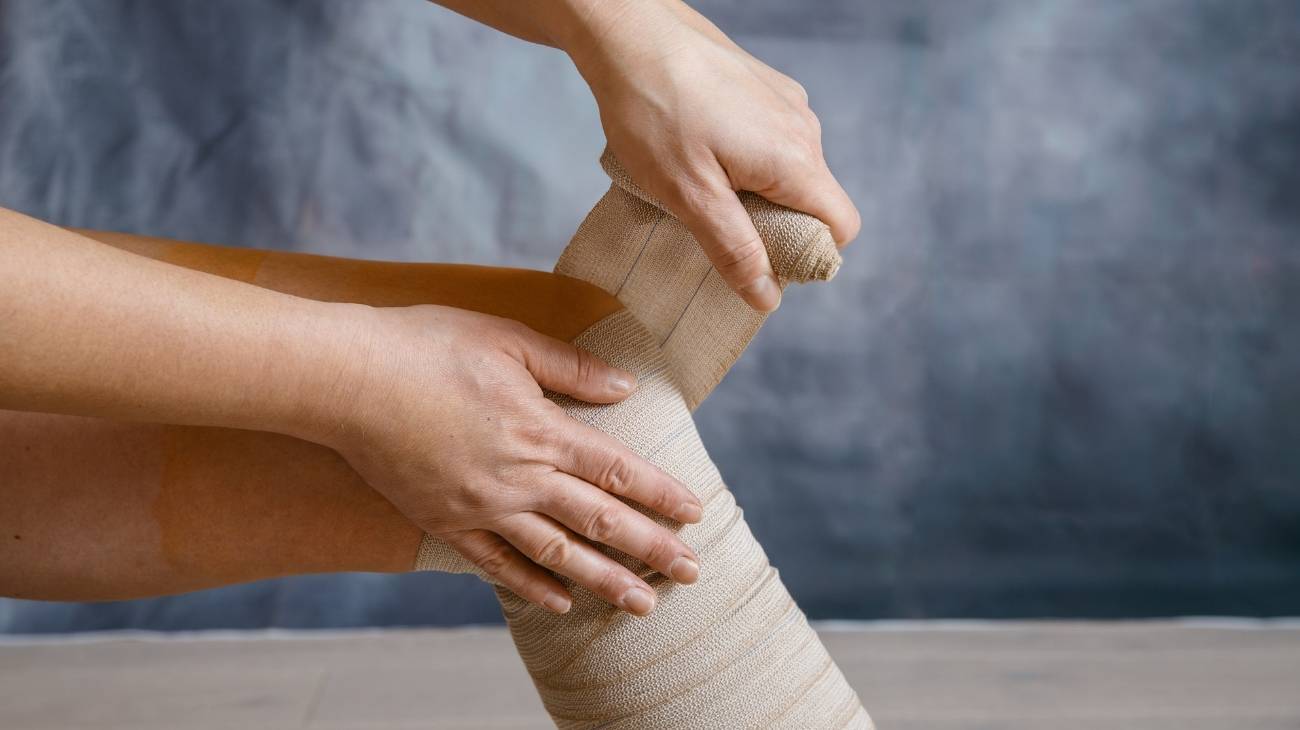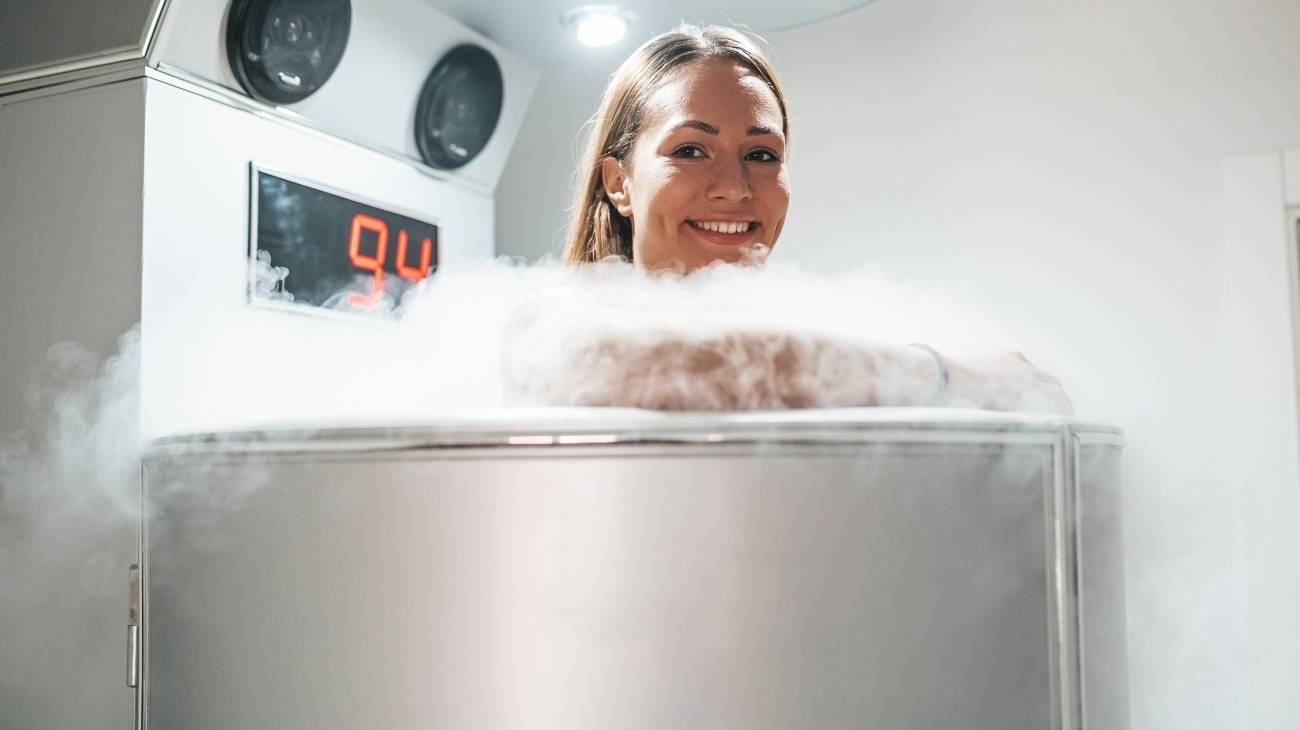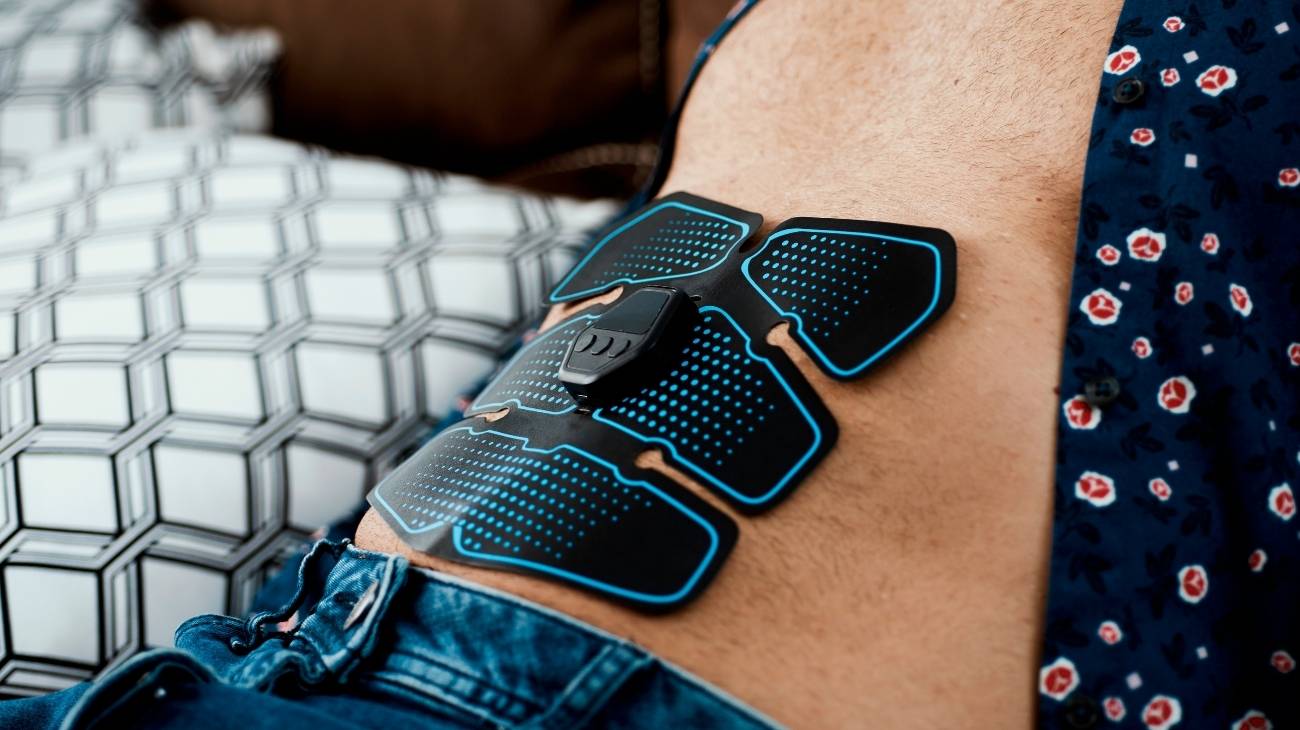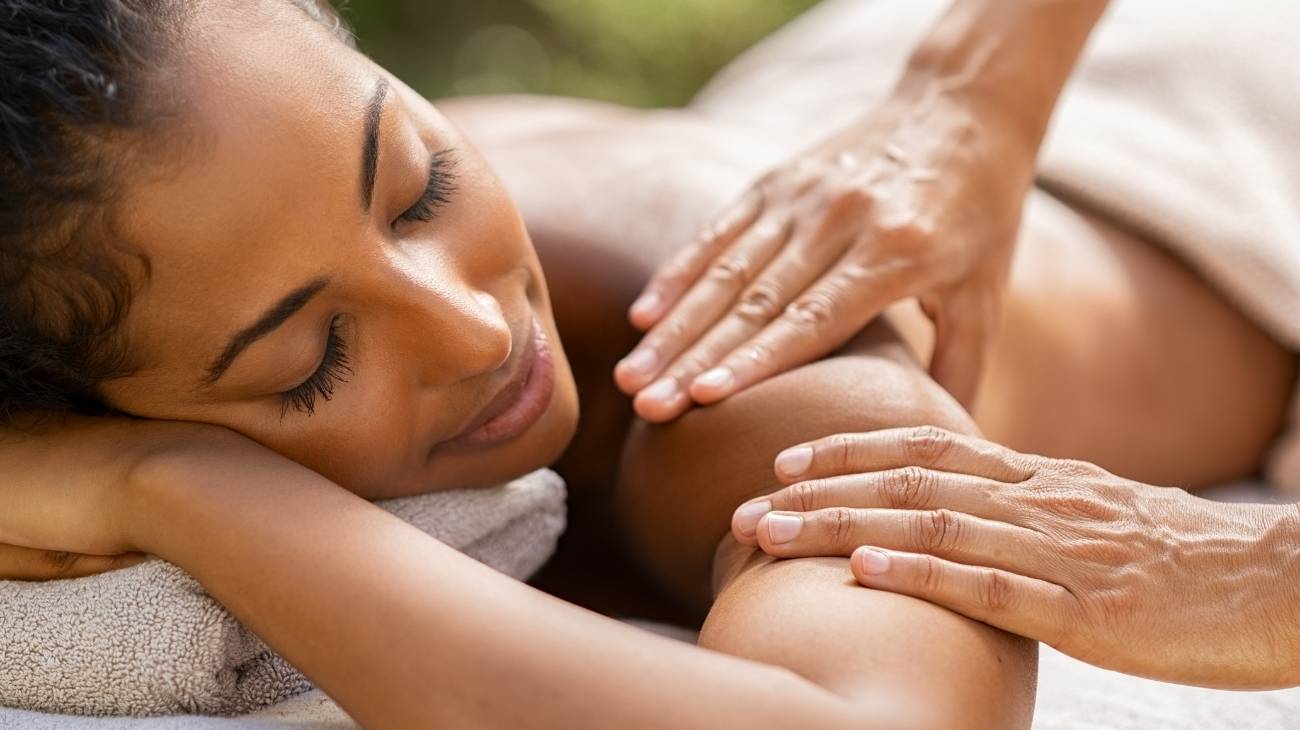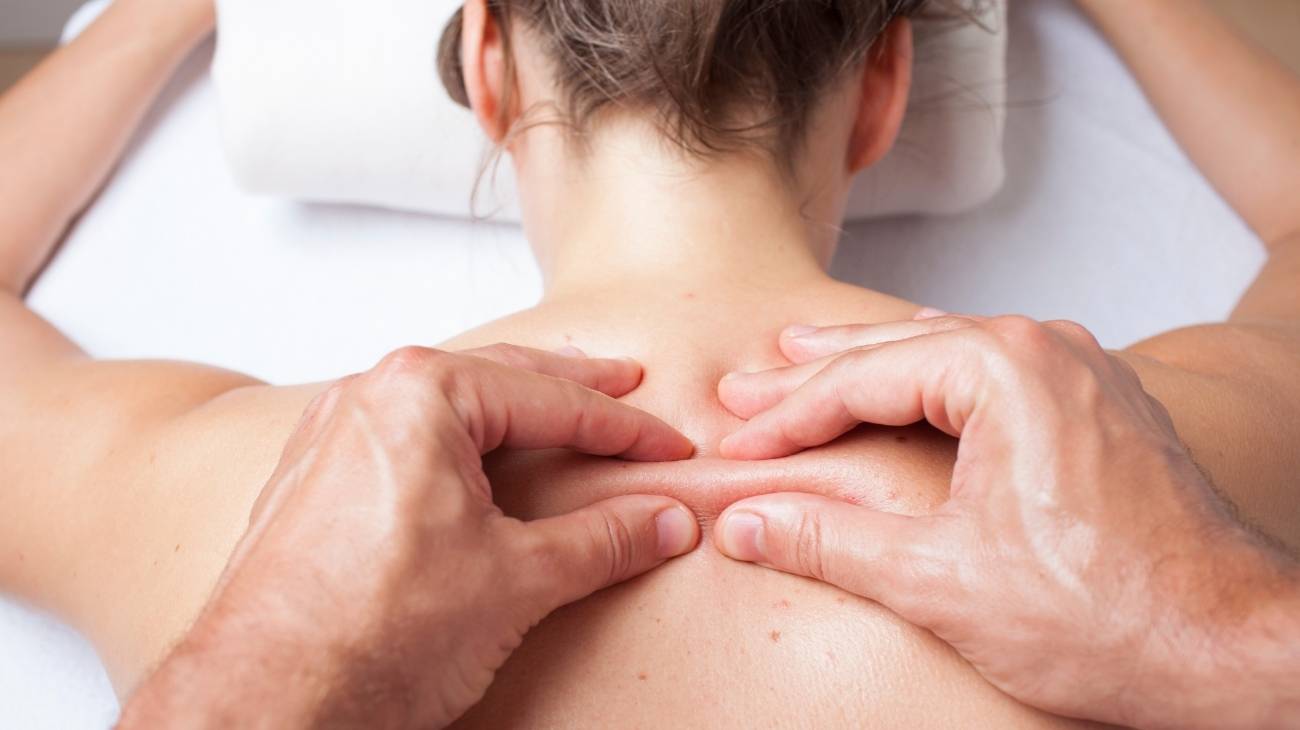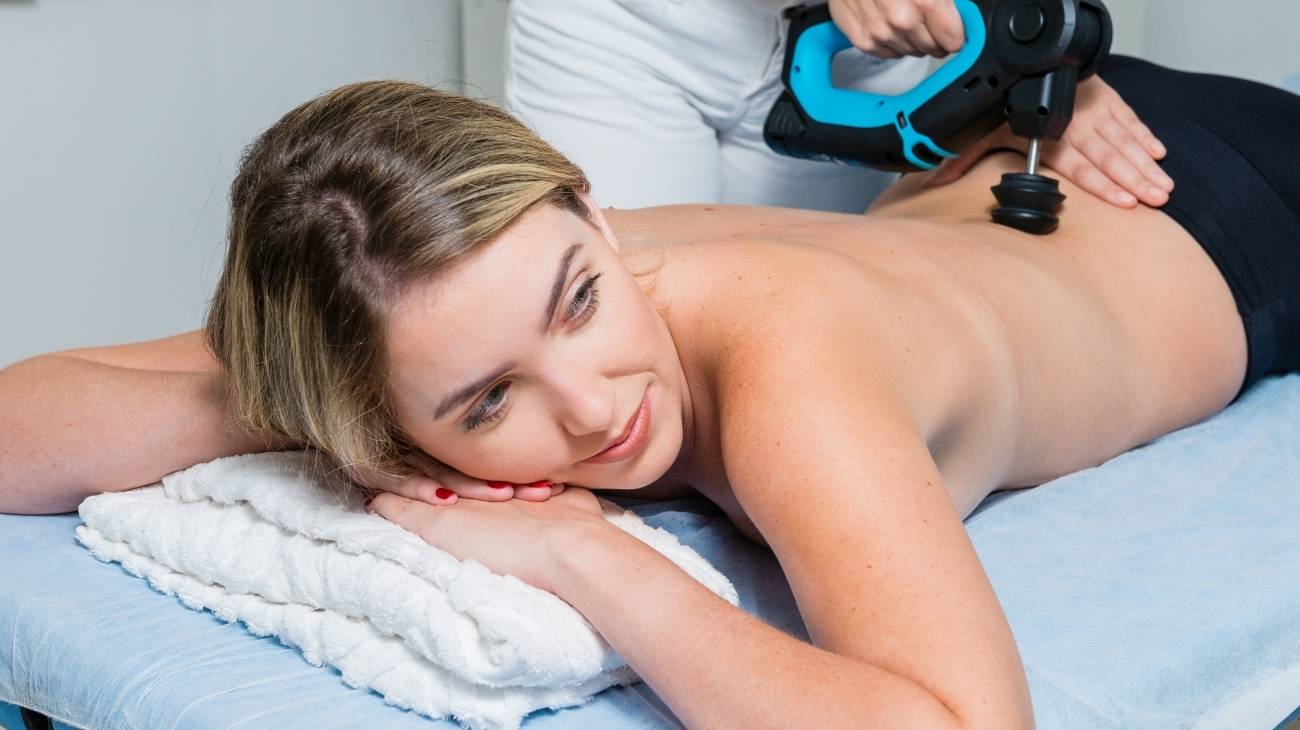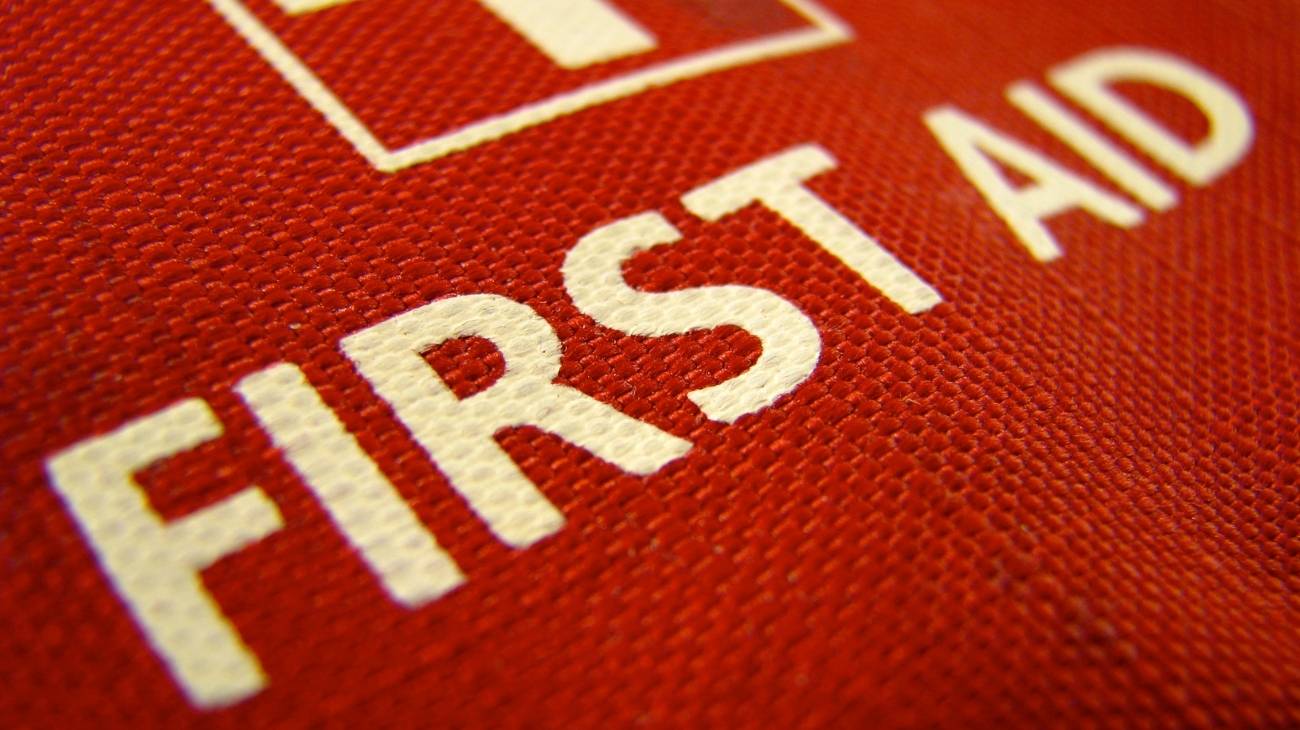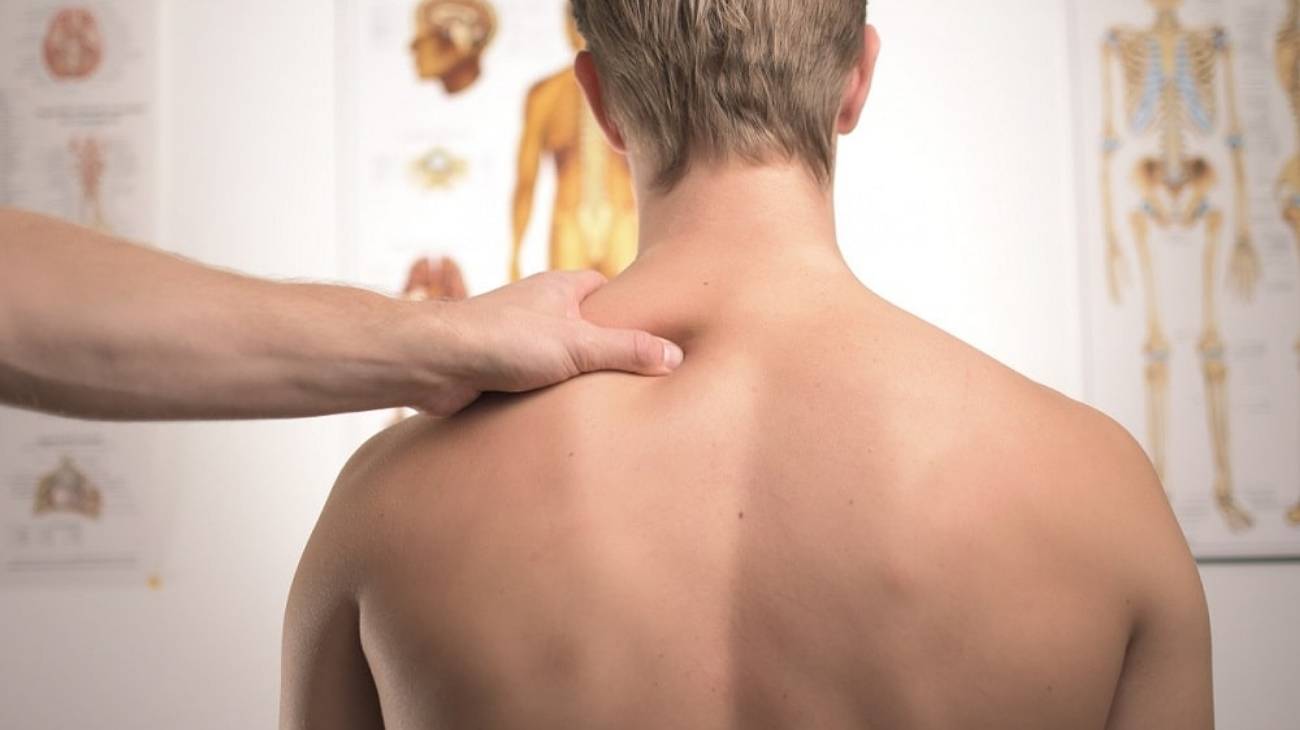- What is the RICE therapy and what does this acronym mean?
- What are the benefits of using the RICE protocol?
- How is each of the phases of the R.I.C.E. therapy applied?
- What are the advantages of applying RICE therapy for injury recovery?
- What other alternative protocols to RICE therapy are there in physical therapy?
- F.A.Q: Frequently Asked Questions
The R.I.C.E. therapy may be, by these acronyms, unknown even to you, a medical protocol that helps us, with simple steps, to recover after an injury. Knowing what the very name of the RICE method means, you will already have a lot of cattle, as letter by letter it gives you the guidelines to carry it out successfully.
In this text we explain in depth what it consists of, point by point, and its advantages. You will also know what type of injuries we can use the RICE therapy for and, of course, we will talk to you about other similar protocols, as it is possible that in your case you will need to benefit from some other one like the PRICE, POLICE, RICER, or MEAT.
What is the RICE therapy and what does this acronym mean?
The R.I.C.E. therapy is the first and simplest of the treatment protocols for minor injuries. It appears in the sports field to deal with accidents involving acute injuries. For many years, it has been considered the most suitable for its speed and results.
It is particularly indicated in the case of bruises, blows, sprains and strains although, if necessary, it is also considered, in the absence of something better, to be applied to broken or fractured bones. We can say that its most evident effect is in the case of acute injuries.
It is important to emphasise that RICE does not treat a problem but prevents its worsening so that it is easier to carry and, of course, to solve.
Surrendering to the evidence, it is a basic first aid, as it is really easy to put into practice. For this reason, we should all be familiar with it, even if it is only to apply it in the first instance and until the possibility of finding a better solution after a professional considers our symptoms.
RICE, which is the very name of the action, is a step-by-step approach to what the strategy itself entails. Each letter tells us what we have to do, in order, to apply it effectively. The acronym appears with reference to this in Dr. G. Mirkin's "SportsMedicine Book", from 1978, where it is made clear.
Over the years, we see this improvement and, soon after, simple protocols are standardised which include more effective and beneficial steps. RICE is considered the starting point for work on sports injuries or simple accidents.
So what is the RICE therapy? It has four steps that are determined by the four letters: RICE. Literally:
- Letter R: The "R" indicates rest.
- Letter I: Means ice, "Ice".
- Letter C: Indicates that a compression must be made.
- Letter E: Finally, the "E" indicates the last step, that of elevation.
Afterwards, we will see in depth how we will work in each of the phases. We will show them to you in detail and give any indication, warning or advice about each of them.
bestseller
-
2 Ankle Compression Sleeve (Pink/Bordeaux)
$19.95 -
2 Knee Compression Sleeve (Green/Navy)
$19.95 -
Microwave Heating Pad for Neck & Shoulder Pain Relief (Oxford)
$24.95 -
Microwave Heating Pad for Neck Pain Relief (Hearts)
$19.95 -
Microwaveable Heating Pad for Pain Relief (Sport)
$19.95 -
Shoulder Support Brace (Black)
$24.95
What are the benefits of using the RICE protocol?
It is really easy to know when the R.I.C.E. therapy is being used. In general, we do it to reduce both the swelling and the pain that we may suffer after an accident, of whatever kind.
Indications and contraindications
We have spoken in a general way about when we should make use of the R.I.C.E. therapy, but, certainly, there are a series of problems, pathologies and, in general, situations, in which this method is essential and the most advisable. These are:
- Olecranon or elbow bursitis: This is the typical problem we see in university students, which has been given the non-medical name of "student elbow". It is the inflammation of the bursa (the little bag full of antifriction fluid) in the area. It is caused by maintaining an incorrect posture in which we drop too much weight in a bad way at this point.
- Elbow sprain: It appears almost always when practising sport.
- Ankle sprain: Useful but, in this case, it would be ideal to apply another more complex protocol if you know how to do it and have the means. We see it in running practice without prior warm-up or in simple sprains when walking, for example, going down steps, in heels, etc.
- Ankle fracture: Eye, only ankle and because the injured area is small and easy to weld (if it is treated well).
- Haemophilia: In general, when, due to a bad performance, we suffer from haemophilia.
- Sacroilitis: This is the inflammation of the sacrum. Special care must be taken to diagnose and treat it as soon as possible because it forms abscesses and destroys the joint.
- Shoulder tendinitis: This is the inflammation of the tendon that attaches to the rotator cuff of the shoulder joint (the infraspinatus muscle). It can occur as a result of poorly performed stretching exercises. It is usually caused by the movement of excessive weight or by lifting it in an inappropriate position.
- Shoulder tendinopathy: In this case, the inflamed one is the supraspinatus muscle. You will notice the difference with the previous one because the pain that occurs is more acute and even reduces or makes it impossible to move the shoulder.
The RICE therapy is very satisfactory for easily starting rehabilitation. In fact, it is a previous step, we could say. It is the set of actions that we do to keep the area in the best condition until we give it the best considered treatment. Thus, we will put it into practice in the first of the phases of tissue recovery, which would be the inflammatory phase.
Should the RICE therapy be used for sprains or fractures?
- We can use the R.I.C.E. method for ankle sprains with total effectiveness. We have also seen that the rice method on the shoulder gives excellent results.
- What we should not get used to is using it for fractures. We have already said that a fractured ankle, for lack of something better, could be treated with R.I.C.E., but the rest we already know are so serious that they will require other more specific actions that will provide better results.
How is each of the phases of the R.I.C.E. therapy applied?
As we have seen, its very name refers to the phases that we must complete for the RICE method to be successful and to relieve pain. There are four of them: rest, ice, compression and elevation. Let us look at them one by one to understand the logic and simplicity of the protocol.
Rest
Why?
The RICE protocol starts with a rest time. This must be accompanied by the best painkillers that the patient can tolerate when it comes to immobilising the affected area. This was always done this way but not to relieve the load on the area for a few days but as the most appropriate way of being able to continue moving with crutches or a plaster cast. The idea was to rest the affected areas but within a context as common as possible.
This meant that although the soft, external and most affected tissues were recovering, the internal parts such as ligaments or bones were not healing as they should. Thus, the cure can never be complete or perfect although it may seem so in the first instance.
With time it became clear that a real rest was necessary for the most delicate areas such as the joints, so that we let the healing of elements be adequate to return us to our usual state of activity.
What is it?
Rest is nothing more than a moderate rest from the usual actions of the area. It does not generally imply immobilisation, especially if the injury we suffer is slight. We should not be incautious and pretend that nothing has happened but neither is it beneficial to leave the area totally immobile. When this happens, we lose memory about how it works (how it moves, where each element of our body is placed, what is required to perform the movements, etc). After that, returning to normal is much more difficult and painful.
How is it done?
Relative rest is required. That is, do not do activities that force the area, but do all those in which it functions normally; this is a way of avoiding stiffness, which appears on many occasions and makes recovery difficult. However, it is not necessary to use the area continuously.
Rest should not exceed 48 hours. If you are told otherwise, it is because you are dealing with a lesion that is not mild and, therefore, the RICE protocol should not be used.
A very good advice is to use what is known as a functional bandage. We will do this temporarily, only when we really need it to support and make limited safe movements with the bandages. Slings or canes can also be used in cases where we know we will be carrying weight or pressure (although we should not overdo it). This will help you return to "forbidden" activities gradually, which is how it should be done.
Ice
Why?
The second phase of the RICE therapy consists of applying ice to the affected area (this is known as cryotherapy). This has anti-inflammatory properties, is vasoconstrictive and helps to reduce pain, partly because it slightly numbs the area, as well as spasms.
Warnings:
For this reason, great care should be taken in its use and it should not be abused. Reflex activity as well as motor function are delayed. This implies that nerve conduction is slower and that we lose the capacity for proprioception (the ability to have perception about our own body). This can undeniably lead to a new accident if, for example, we apply too much cold to the ankle and, when we no longer feel it, we support it and twist it again.
How do you do this?
We should never exceed 20 minutes in its application to avoid this type of situation and any other. Another reason not to abuse the ice is that inflammation is a process that the body performs to get the repair (just like we get a fever when we are attacked by bacteria).
You can, of course, reapply ice to the area leaving a rest period. 6 or 8 applications per day are acceptable. Obviously, we will try, whenever possible, to leave conventional ice aside. It's very good for an amazing situation; it's very helpful.
However, ice as such can cause skin burns. For this reason, we should always cover it with a material that we know will not fall apart as the ice turns to water. A thin cloth is ideal. However, this also has other disadvantages, such as getting wet, melting too quickly and others.
This is why it is best to use cold gel packs. They go into the freezer, do not stain, do not get wet, do not cause pain and are really comfortable. They are of different sizes and lose their temperature much more gradually.
Compression
Why?
It is important because it will determine aspects such as the placement of the elements, the blood flow that the area receives, etc. It helps the venous return and also gives firmness and stability. The purpose is the stability of the affected parts.
How is it done?
Obviously, any wrap must avoid inflammation, so it must be done with just the right pressure to achieve its purpose. If we go too far, we will be causing the inflammation both by the direct action on the area and by the abundance of blood, because we cannot get the blood to move.
The best thing in this case is to use an elastic bandage, because it fixes a position but does not immobilize us completely. In this way, we are avoiding that absolute rest and we continue to carry out the activities easily but safely.
Elevation
Why?
We want to reduce the blood pressure and, with it, the swelling and those unpleasant palpitations we sometimes feel. Of course, this also helps to reduce the pain. At the same time, if no oedema has occurred, it may not happen at all.
How is this done?
The elevation consists in the fact that the affected area must always be above the heart, looking for the venous return. In this position, if considered (if you have already seen a doctor or are in rehabilitation), the simple exercises prescribed by the professional will be carried out.
Take advantage of these moments of "rest" to do so and, whenever you can, place yourself on something soft that adapts to the shape of your body like a pillow. Once you know them, knowing how to apply the RICE therapy is no mystery. We can all do it easily, always after consulting with our specialist doctor about its suitability.
What are the advantages of applying RICE therapy for injury recovery?
The advantages of the RICE protocol are not few. If it is still in use, even though it has developed others, it is because it really works well in many quite typical cases.
- Despite being the oldest of its kind, it is still in use and is highly recommended.
- It is very easy to carry out. It does not require medical action (although we do recommend that you have it checked by a doctor).
- It works effectively on joints and muscles. It is useful in a number of minor circumstances.
- It does not require total rest, so we do not have to give up simple activities.
- Its action allows the mobility of the affected area.
- The results are quickly seen.
- It is very effective in reducing inflammation.
- It produces great relief.
- It is a healthy way of slightly anesthetizing the affected area, which allows us to avoid taking so many analgesics.
- It speeds up the healing process.
- It helps in certain rehabilitations.
What other alternative protocols to RICE therapy are there in physical therapy?
Of course, this is not the only method of addressing injuries and other accidents we may have. RICE has been improved over time and other actions have been announced which should also be considered. So, we will know what to do according to our problem.
RICER
Exactly the same as above but requires rehabilitation guidelines that a professional will carry out, help you practice on your own, observe or simply prescribe.
PRICE
The PRICE protocol is similar to RICE. The exception is that the first step, before those we already know, is protection (P). This consists of protecting the area to prevent further damage before starting to do anything else. It is similar to the first aid protocol in traffic accidents in which the first thing we are taught is to get the victims to safety.
It includes, of course, stopping the activity that is causing it. We must also consider giving assistance if necessary. Obviously, we must avoid movements that make the situation worse, which will be almost all of them. To do this, we can use an immobiliser such as an orthosis or ankle braces.
PRINCE
In this case, we include the letter N. This refers to NSAIDs, which stands for "non-steroidal anti-inflammatory drugs". What it tells us is that we should not take anti-inflammatory drugs. Is that correct? This goes for belief, for one's mentality and morals, for knowledge of the drugs and for following medical instructions.
PRINCE indicates that the rest of the elements are sufficient to avoid the need for this type of medication which, we should remember, has some negative effects on the organism and which many professionals advise against for this very reason.
POLICE
Can't you guess what the acronym POLICE means? "PRICE needs updating, should we call the POLICE", from 2012, is an interesting and complete reading from which we can deduce the following.
To begin with, the R (Rest) disappears from the equation. It is considered that the fact of talking about rest already makes the injured person become assiduous to rest more. This should be given only immediately after the accident. Otherwise, we will be accustoming the parts, which will end up suffering biomechanical changes in their tissues, in function and even in form.
An O and an L are also added. The result is "Protection", "Optimal Load", "Ice", "Compression", "Elevation". Instead of rest we talk about "Optimal Load". We talk about the body's own load at first when doing simple activities. We should not run away from everyday life or even other tasks if we are taking good care of ourselves.
In this way, we will be provoking an afferent type stimulus (of blood movement) and improving the proprioception of joint and/or muscle receptors. A functional recovery is obtained more quickly and the possibility of atrophy is almost non-existent. It is considered ideal in the case of acute muscular injuries.
MEAT
Very different from the rest, we find MEAT. It seeks to get rid of the possible buts that have the ice, the elevation and the compression of a feather. This is because the MEAT therapy does not advocate the reduction of inflammation.
This is not a matter of course, but is considered negative in cases of treatment of tendons or ligaments. They have a poor supply of nutrients. POLICE makes it difficult, which makes the healing process much more difficult or even impossible. MEAT stands for "Movement", "Exercise", "Analgesics" and "Treatment".
It aims to get the area to move when necessary to stimulate it, always under controlled, logical and necessary circumstances. In this way, it also makes it difficult for misaligned collagen to form. Shortly afterwards we must perform some exercises for the above reason.
However, they are also prescribed to avoid new acute recurrent injuries in the area. We are also in favour of taking natural painkillers, avoiding anti-inflammatory drugs, which intervene in certain healing processes. Finally, with treatment, reference is made to anything the physiotherapist recommends to help increase your blood flow.
F.A.Q: Frequently Asked Questions
References
- Van Den Bekerom, M. P., Struijs, P. A., Blankevoort, L., Welling, L., Van Dijk, C. N., & Kerkhoffs, G. M. (2012). What is the evidence for rest, ice, compression, and elevation therapy in the treatment of ankle sprains in adults?. Journal of athletic training, 47(4), 435-443. https://meridian.allenpress.com/jat/article/47/4/435/111307/What-Is-the-Evidence-for-Rest-Ice-Compression-and
- Bleakley, C. M., O'Connor, S., Tully, M. A., Rocke, L. G., MacAuley, D. C., & McDonough, S. M. (2007). The PRICE study (Protection Rest Ice Compression Elevation): design of a randomised controlled trial comparing standard versus cryokinetic ice applications in the management of acute ankle sprain [ISRCTN13903946]. BMC musculoskeletal disorders, 8(1), 1-8. https://link.springer.com/article/10.1186/1471-2474-8-125
- Fischer, D. C., Sckell, A., Garkisch, A., Dresing, K., Eisenhauer, A., Valentini, L., & Mittlmeier, T. (2021). Treatment of perioperative swelling by rest, ice, compression, and elevation (RICE) without and with additional application of negative pressure (RICE+) in patients with a unilateral ankle fracture: study protocol for a monocentric, evaluator-blinded randomized controlled pilot trial. Pilot and Feasibility Studies, 7(1), 1-9. https://pilotfeasibilitystudies.biomedcentral.com/articles/10.1186/s40814-021-00944-7
- Patra, P. C., Mandal, P. K., Gantait, D., Bhowmik, A., & Chakrabarti, P. (2018). Price of PRICE (Protection, Rest, Ice, Compression, and Elevation) redefined: a case of entrapment neuropathy in an individual with hemophilia. Blood research, 53(4), 333-334. https://synapse.koreamed.org/articles/1109370
- Baoge, L., Van Den Steen, E. L. K. E., Rimbaut, S., Philips, N., Witvrouw, E., Almqvist, K. F., ... & Vanden Bossche, L. C. (2012). Treatment of skeletal muscle injury: a review. International Scholarly Research Notices, 2012. https://downloads.hindawi.com/archive/2012/689012.pdf
- Järvinen, T. A., Järvinen, T. L., Kääriäinen, M., Äärimaa, V., Vaittinen, S., Kalimo, H., & Järvinen, M. (2007). Muscle injuries: optimising recovery. Best practice & research Clinical rheumatology, 21(2), 317-331. https://www.sciencedirect.com/science/article/abs/pii/S1521694206001471
- Hotfiel, T., Hoppe, M. W., Heiss, R., Lutter, C., Tischer, T., Forst, R., ... & Grim, C. (2021). Quantifiable contrast-enhanced ultrasound explores the role of protection, rest, ice (cryotherapy), compression and elevation (PRICE) therapy on microvascular blood flow. Ultrasound in Medicine & Biology, 47(5), 1269-1278. https://www.sciencedirect.com/science/article/abs/pii/S0301562921000090
- Gita, E. G. A., Dian, T. A., & Nawang, G. (2020). Knowledge Levels Of Rest, Ice, Compression, Elevation Method With The Implementation Of Injury Handling In Sport Student Activity Units. JOURNAL OF WIDYA MEDIKA JUNIOR, 2(1), 38-46. http://jurnal.wima.ac.id/index.php/JWMJ/article/view/2334
- Tran, K., & McCormack, S. (2020). Exercise for the Treatment of Ankle Sprain: A Review of Clinical Effectiveness and Guidelines. https://europepmc.org/article/nbk/nbk563007
- Sloan, J. (2008). Soft tissue injuries: introduction and basic principles. Emergency Medicine Journal: EMJ, 25(1), 33. https://www.proquest.com/openview/a5dbf77d128e85f2a32b234cabc8962b/1?pq-origsite=gscholar&cbl=2041072

